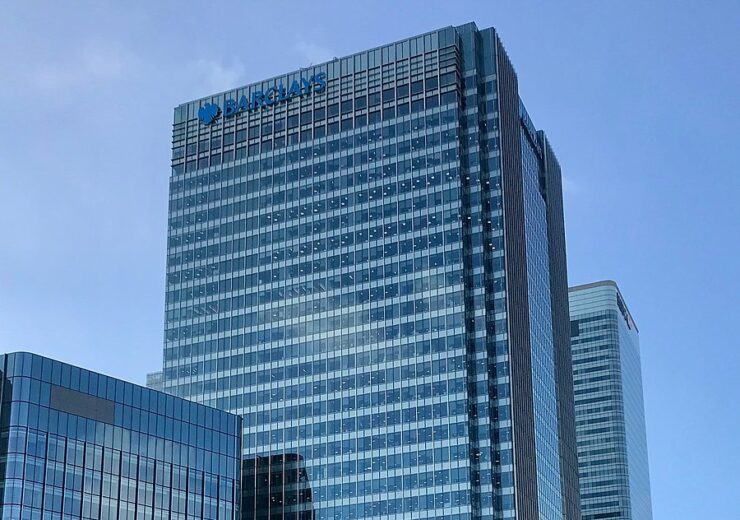Barclays has failed to disclose the absence of internal controls that might have caught five years of errant debt sales, and the US judge allowed the shareholders to prove that the bank falsely assured its compliance with federal securities laws

The Barclays tower in Canary Wharf, London. (Credit: Matt Brown/Wikipedia)
Barclays will face a potential class action lawsuit by shareholders who accused the British bank of securities fraud related to its sale of $17.7bn more debt than regulators allowed.
According to the US District Judge Katherine Polk Failla in Manhattan, shareholders alleged that Barclays failed to disclose the absence of internal controls that might have caught five years of errant debt sales.
The Judge also allowed the shareholders to prove that Barclays and several officials including former CEO Jes Staley were reckless in assuring that the bank complied with federal securities laws.
The bank’s failure to disclose the absence of internal controls was a material omission of fact.
Its executives subsequently characterised the over-issuance as an avoidable and self-inflicted problem that would not have required a complex process to avert.
In March 2022, Barclays had sold $15.2bn more structured and exchange-traded notes in the prior five years than the $20.8bn that US regulators had authorised.
After four months, the bank increased the oversold amount to $17.7bn, offered to repurchase the excess, and set aside £1.59bn pounds ($2bn) for the over-issuance.
In her judgement decision, Failla said shareholders could sue Barclays for statements including that the bank was “committed to operating within a strong system of internal control” and had policies and procedures that met regulatory standards.
Earlier this year, the UK-based bank holding company announced its plans to cut thousands of jobs worldwide, as part of its strategy to reduce its costs and improve profitability.
According to the Sky News report, Barclays has axed around 5,000 jobs from its global workforce of 84,000, last year, primarily in Barclays Execution Services (BX).
The job cuts were executed through a combination of redundancies and vacancies that were not filled after a hiring freeze in the middle of last year, said the UK-based lender.
